As the story opens, it’s 1941, and the residents of Soviet-occupied Lithuania are receiving news that the German army is going to invade. University student Leva Koslowski and her younger brother, Al, decide to flee the country, because although Soviet control had been horrible, the Germans are rumored to be much worse. The pair head to Sweden, but Leva’s boyfriend, Olek, stays behind in Lithuania. So do Leva’s parents, Zeneta and Matis, who have a cabin in the woods in Ponary where they allow Olek to stay. Soon, Zeneta and Matis attempt to leave, as well, but are caught and arrested by Soviet border guards. Before long, the Germans begin mass executions in the woods. Olek manages to help an injured Jewish boy in hiding, and it’s not long before Olek himself is in trouble. Al makes it to the United States and joins the war effort as quickly as he can; soon, he’s back in Europe with Allied forces. Meanwhile, Zeneta is struggling for her life, along with other Lithuanians whom the Soviets have shipped to Siberia. Toyn’s narrative is based on true events—most notably, the horrors of the Ponary Massacre—and it’s at its strongest when describing, without embellishment, unthinkable events. For instance, as German power waned, prisoners were forced to dig up and systematically burn corpses to cover up the fact that there were mass graves in the Ponary forest. This included the placement of thermite grenades to ensure that the fire “burned hot enough to incinerate the bodies”; the resulting blazes would then burn “for three days or until a heap of ashes remained.” The dialogue isn’t always as sharp, as characters sometimes unnecessarily narrate their actions with statements such as “I have a gift for each of you.” Overall, though, the work succeeds in its author’s aim to shed light on “events largely unknown to Western audiences.”




